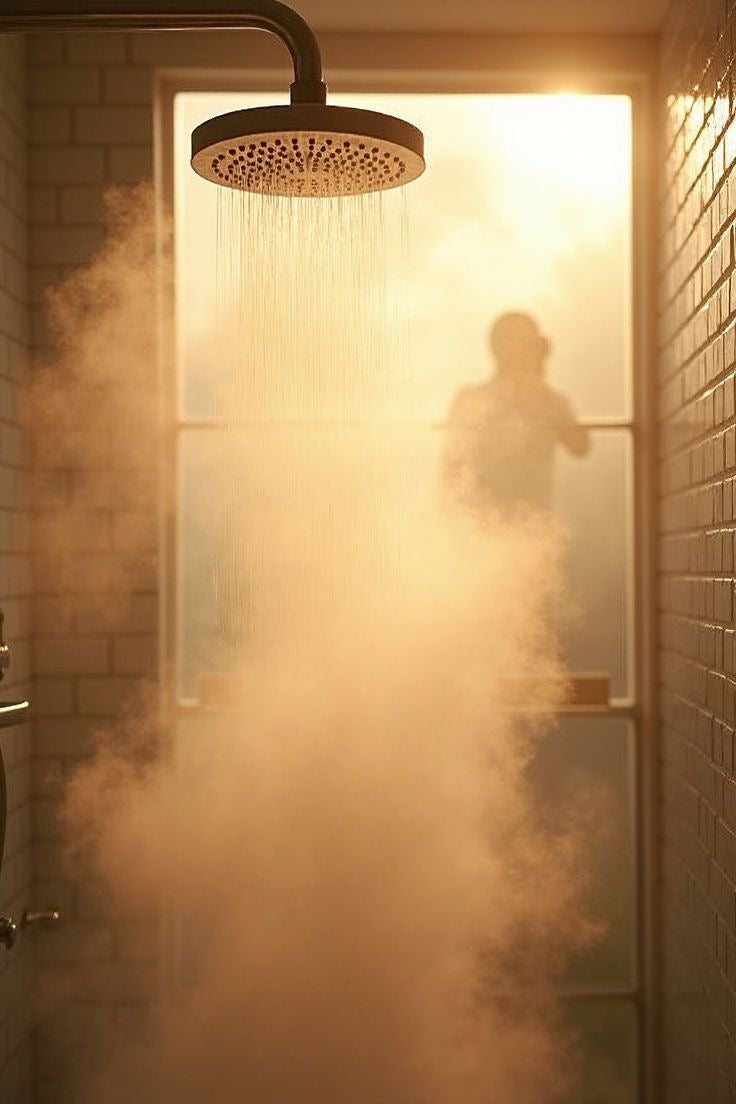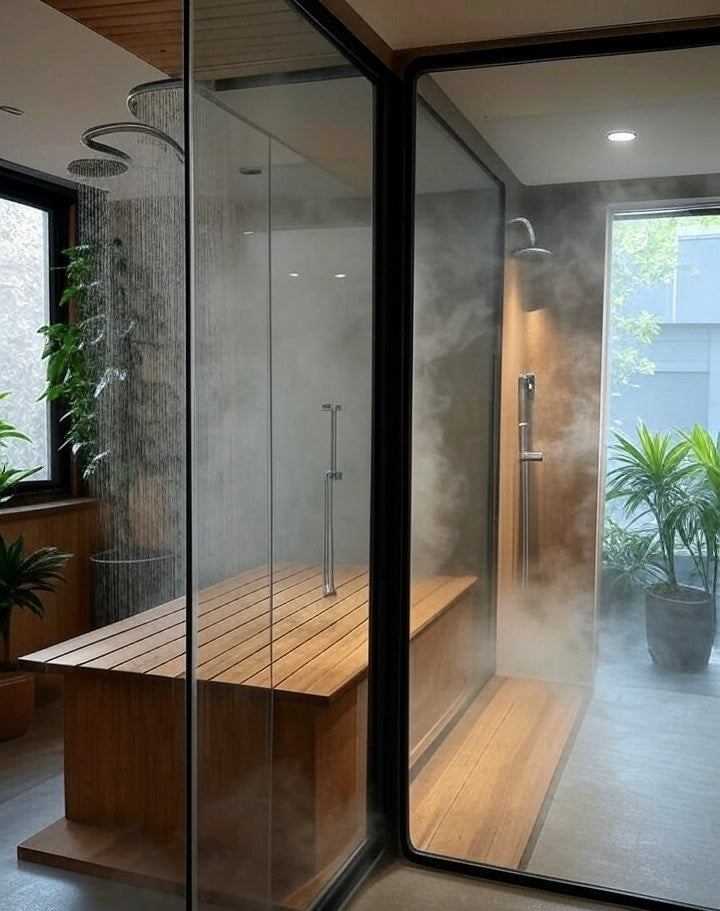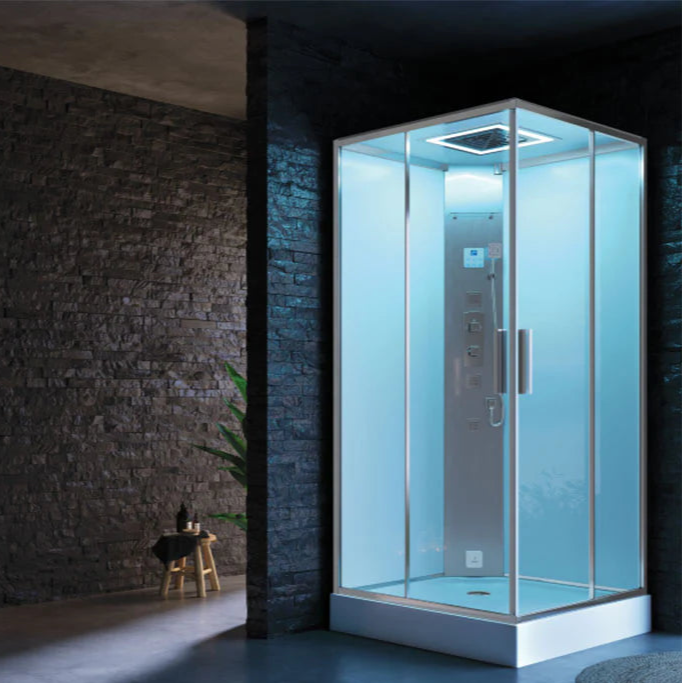Understanding Ice Baths and Age-Related Considerations
Ever wondered if your little one should hop in the Ice bath? Short answer: no strict UK legal age limit, but under-12s should skip it while teens need supervision. Explore how to use your Cold Plunge, Ice Bath Tub, or Cold Plunge Tub safely for every age—keep reading for essential advice!
Ice baths (cold water immersion) have become popular for sports recovery and wellbeing.
They involve dipping the body in very cold water, typically between 5–15 °C.
Age is a crucial factor for safety.
Children, teens, adults and older people all respond differently.
Supervision and caution help avoid risks like hypothermia or heart stress.

2. Age-Specific Guidelines for Ice Bathing
2.1 Ice Baths for Children (Under 12)
2.1.1 Why Young Children Should Avoid Ice Baths (Ages 0-8)
Young kids face real dangers like hypothermia and rapid heat loss.
Their cardiovascular system can react unpredictably under cold stress.
It can even be frightening or traumatic for them.
They have underdeveloped thermoregulation and smaller body mass.
This makes them much more vulnerable to temperature drops.
2.1.2 Recommendations for Older Children (Ages 9-12)
For this age, any exposure should be extremely cautious.
If tried at all, it must be short and use warmer water.
Medical supervision is strongly advised.
Adult supervision is absolutely necessary.
Always watch carefully for distress.
2.2 Ice Baths for Adolescents (13-17)
2.2.1 General Suitability and Benefits for Teen Athletes
Older teens may benefit from improved muscle recovery.
Cold immersion can reduce soreness and inflammation.
It can also boost mood and alertness.
Many athletes use it to manage heavy training loads.
2.2.2 Important Safety Considerations and Supervision
Gradual acclimatisation is essential.
Start with short durations and warmer water.
Carefully monitor how their body responds.
Don’t let them overdo it.
Adult supervision remains important at this age.
2.3 Ice Baths for Older Adults (60+)
2.3.1 Increased Risks and Health Factors
Older adults often have lower body mass and reduced skin elasticity.
They’re more at risk of hypothermia in cold water.
Cold stress can also worsen cardiovascular conditions.
Issues like hypertension or circulation problems can be aggravated.
Cold exposure demands extra caution for this group.
2.3.2 When to Exercise Extreme Caution or Avoid Entirely
Always get medical clearance first.
Those with serious health conditions may need to avoid ice baths.
Close monitoring is essential if attempting any cold immersion.
It’s better to be safe than sorry.
3. General Safety Precautions and Best Practices for All Ages
3.1 Essential Health Considerations and Contraindications
3.1.1 Medical Conditions That Prohibit Ice Bathing
Avoid if you have heart disease, hypertension, or Raynaud's disease.
Diabetes can complicate temperature regulation.
Epilepsy and open wounds are also risks.
Always consult a doctor before starting.

3.2 Safe Practices and What to Monitor During Cold Immersion
3.2.1 Understanding Cold Shock Response and Hypothermia
Cold shock can cause involuntary gasping and fast breathing.
Heart rate and blood pressure may rise suddenly.
Prolonged exposure increases hypothermia risk.
Know the early signs to exit quickly.
3.2.2 Gradual Acclimatisation and Duration Guidelines
Start slow with shorter sessions.
Use warmer water initially.
Begin around 10–15 °C if you’re new.
Increase time and reduce temperature only as tolerance builds.
3.2.3 Recognising Warning Signs and When to Exit
Watch for uncontrolled shivering, numbness or blue lips.
Loss of motor control is a serious danger.
Exit immediately if these appear.
Safety always comes first.
3.2.4 Post-Immersion Warming Strategies
Dry off with warm towels.
Layer clothes to trap heat.
Sip warm drinks to help rewarm internally.
Move gently or use breathing exercises to restore comfort.
Takeaways
Ice baths can be helpful but they're not for everyone.
Age matters greatly—children need strict limits and supervision.
Teens should start slow, older adults need medical clearance.
Always use your Cold Plunge, Ice Bath Tub or Cold Plunge Tub safely with these guidelines in mind.






